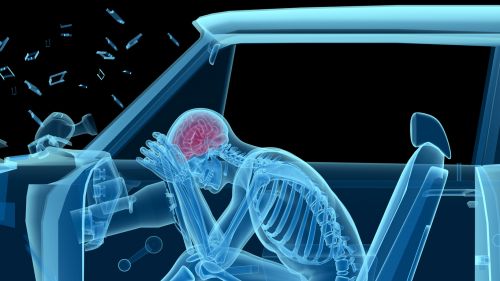
The Critical Importance of Protecting Your Brain
The Unique Vulnerability of the Brain
Unlike other parts of the human body, the brain does not heal quickly, if at all, when injured. Forty to fifty percent of brain injuries occur in vehicular accidents, and even minor injuries can have long-term, life-altering effects. For children, 20% of head injuries result from cycling accidents. While limbs and other body parts can often heal, brain injuries frequently result in permanent damage.
Recovery Times and Long-term Effects
The severity of a brain injury significantly affects the recovery time and potential for lasting damage:
– Minor injuries: Most victims fully recover within 3 to 4 months, though some may not.
– Moderate injuries: Recovery typically takes 6 to 9 months, but not all victims fully recover.
– Severe injuries: Recovery is less likely, and long-term effects are more common.
According to Headway, a UK-based association for brain injury, long-term and permanent effects of brain injuries can include:
– Loss of sensations
– Reduced perception, recognition, and judgment
– Loss of initiative
– Slowed responses
– Inappropriate behavior
– Inability to concentrate
– Personality changes
– Physical disabilities and loss of basic motor skills
– Poor memory
– Poor cognitive and communication skills
Mechanisms of Brain Injury
Brain injuries can result from various mechanisms beyond direct impact:
– Whiplash: The whipping motion in a collision can twist or stretch nerve fibers and soft tissues, causing brain injury.
– Ejection from the vehicle: Being thrown from a vehicle can lead to severe head injuries upon impact with solid objects.
Preventive Measures
Head Restraints and Seat Belts:
– Adjust head restraints to support your head, not your neck, to prevent them from acting as a pivot in an impact.
– Always wear seat belts and shoulder harnesses to stay inside the vehicle where protection is maximized.
Motorcycle and Bicycle Helmets:
– Always wear a helmet while riding motorcycles or bicycles.
– Invest in high-quality helmets to provide the best protection against head injuries.
The “Only Cure is Prevention”
Given the potentially devastating and permanent effects of brain injuries, the best approach is prevention. Proper use of seat belts, head restraints, and helmets can significantly reduce the risk of brain injuries in accidents.
onal Experience and Awareness
The importance of preventing brain injuries is underscored by personal experiences and tragic losses. A low-speed impact can be fatal, highlighting the need for vigilance and protective measures at all times. Motorcycle and bicycle accidents are particularly prone to resulting in head injuries, making helmets an essential safety measure.
Conclusion
Protecting your brain is paramount. By understanding the risks and taking appropriate preventive measures, you can significantly reduce the likelihood of sustaining a brain injury. Remember, the best way to handle a brain injury is to prevent it from happening in the first place.
